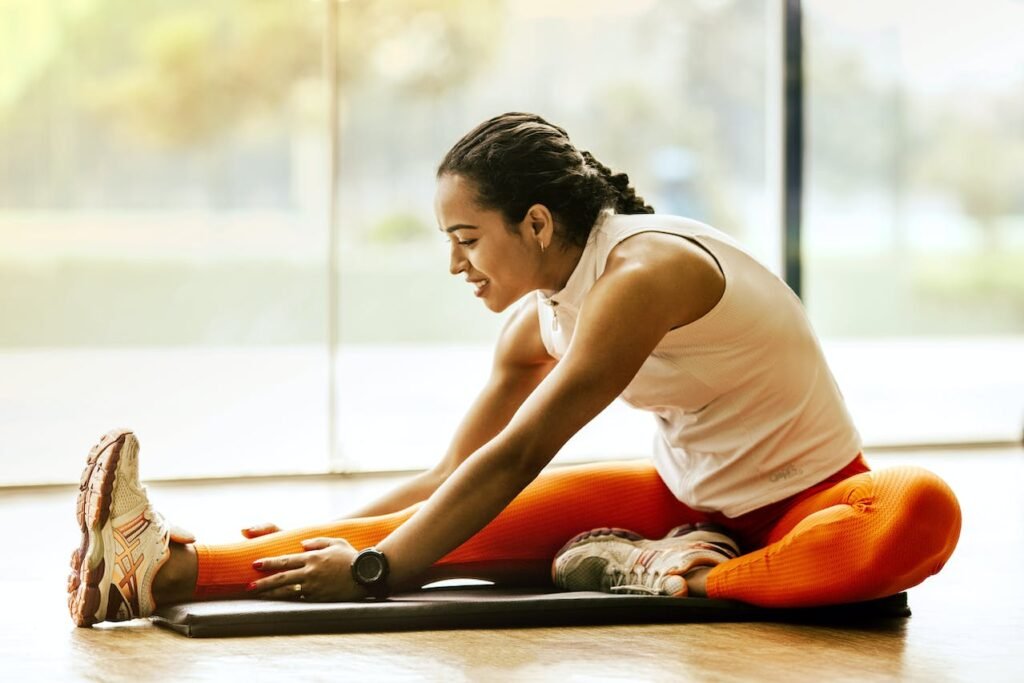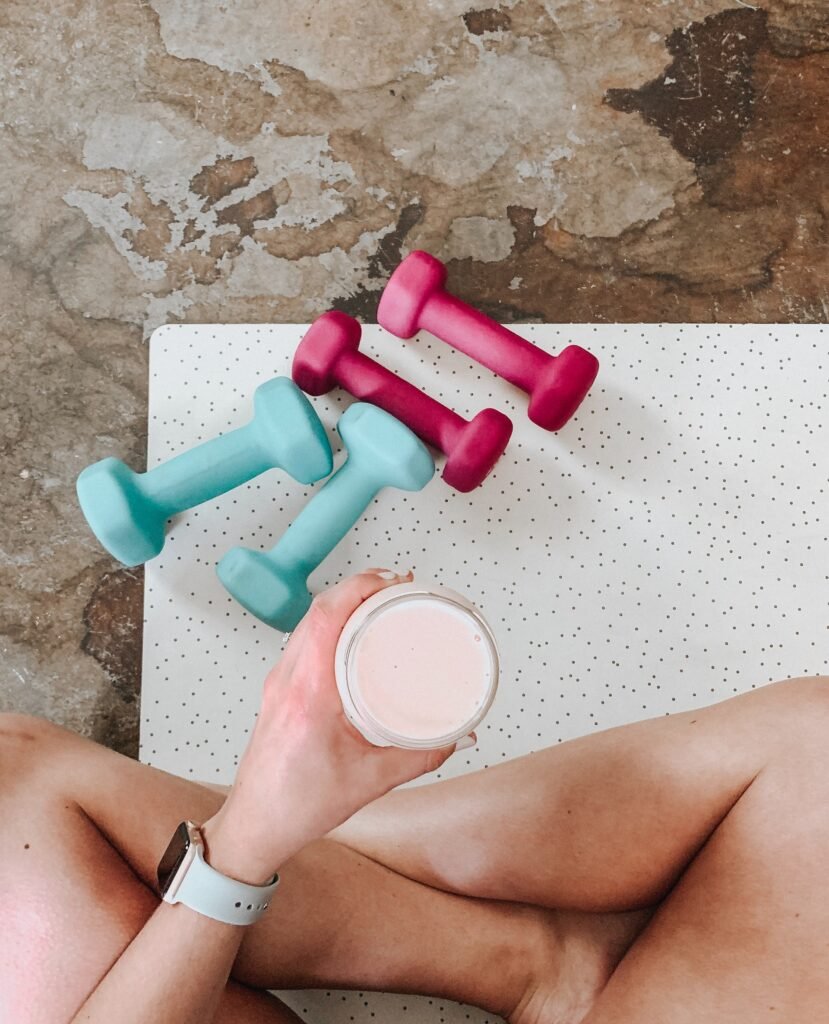Embarking on a fitness journey requires more than just enthusiasm and dedication; it demands a profound understanding of the crucial role that hydration plays in optimizing your workouts. In this comprehensive guide, we unravel the intricacies of staying properly hydrated during exercise, delving into personalized approaches such as calculating your sweat rate and debunking the myths surrounding hydration rules. From exploring diverse beverage options that extend beyond water to recognizing the subtle signs of dehydration, this guide is designed to empower you with practical insights for crafting a hydration strategy that aligns with your unique needs. So, join us on this exploration of hydration strategies – where science meets sweat, and your fitness goals are fueled by a well-hydrated foundation. Let’s dive into the ‘why’ behind staying properly hydrated during workouts and pave the way for a healthier, more effective exercise journey.
| Hydration Aspect | Description | Tips for Optimization |
|---|---|---|
| Calculating Sweat Rate | Understand your body’s unique sweat rate by weighing yourself before and after a workout, factoring in fluid intake. This provides personalized insights into fluid loss during exercise. | Adjust your hydration strategy based on your calculated sweat rate. Increase fluid intake during intense workouts and adapt to environmental conditions, such as heat and humidity. |
| The 8×8 Rule | The 8×8 rule suggests drinking eight 8-ounce glasses of water per day. However, individual hydration needs vary based on factors like age, weight, and activity level. | Customize your water intake to meet your specific needs. Consider factors such as climate, exercise intensity, and personal health conditions. Listen to your body’s signals of thirst and adjust your fluid intake accordingly. |
| Exploring Hydration Beverages | Beyond water, explore alternative beverages like electrolyte-enhanced drinks, coconut water, and herbal teas. Each offers unique hydration benefits and can add variety to your fluid intake. | Diversify your beverage choices to make hydration more enjoyable. Consider the specific benefits of each beverage, and incorporate them based on your preferences and nutritional needs. |
| Signs of Dehydration | Recognize signs such as excessive thirst, dark urine, fatigue, and dizziness, indicating insufficient fluid intake. Listening to your body’s cues is crucial for preventing dehydration-related issues. | Stay vigilant during workouts and be aware of signals indicating dehydration. If you experience signs like thirst or fatigue, take immediate steps to rehydrate and adjust your fluid intake for future workouts. |
| Hydration in Extreme Conditions | Adapt your hydration strategy in extreme weather conditions by increasing fluid intake and considering factors like temperature and humidity. Electrolyte loss through sweat becomes crucial to address. | Stay well-informed about the weather conditions, and adjust your fluid intake accordingly. Use electrolyte-enhanced beverages to replenish lost salts. Ensure you are adequately prepared for extreme temperatures and plan your hydration breaks strategically. |
| Post-Workout Hydration | Post-workout hydration is crucial for replenishing lost fluids, kickstarting the recovery process, and supporting muscle repair. | Consume a mix of water and beverages containing electrolytes after your workout. Consider the duration and intensity of exercise when determining the amount of fluid to intake post-workout. |
| Hydration for Endurance | Endurance athletes have unique hydration needs due to prolonged and demanding physical efforts. Adequate fluid intake and electrolyte replenishment are essential for sustaining performance. | Plan your hydration strategy for long-duration activities. Carry fluids with you, and consider using electrolyte supplements to prevent dehydration during extended periods of exercise. Listen to your body’s signals and adjust your hydration plan based on the demands of endurance activities. |
| Making Hydration Enjoyable | Incorporate creative strategies to make hydration enjoyable, such as flavoring water, trying different beverages, and using hydration apps. | Experiment with hydration hacks that align with your preferences. Find ways to make drinking water a positive and engaging part of your routine, making it more likely that you’ll consistently meet your hydration goals. |
- Crucial Role of Hydration in Workouts
- Dehydration: The Sneaky Saboteur of Exercise Performance
- Hydration Strategies: Setting the Foundation for Success
- Water, Electrolytes, and Sweat: Understanding the Basics
- Calculating Your Sweat Rate: A Personalized Approach
- The 8×8 Rule: Myth or Must?
- Beyond Water: Exploring Hydration Beverages
- Signs of Dehydration: Listen to Your Body
- Final Thoughts:
- FAQs:
Crucial Role of Hydration in Workouts
Understanding the fundamental importance of hydration is the first step towards a successful workout regimen. Water isn’t just a beverage; it’s a vital component that fuels your body, ensuring peak performance and recovery.
Performance Enhancement: Hydration plays a crucial role in enhancing your physical performance during workouts. Well-hydrated muscles and tissues function more efficiently, leading to improved strength, endurance, and overall athletic prowess.
Temperature Regulation: As you engage in physical activity, your body temperature rises. Adequate hydration enables effective thermoregulation, preventing overheating and ensuring you can sustain your efforts without succumbing to fatigue.
Cognitive Function: It’s not just your muscles that benefit from hydration; your brain does too. Dehydration can impair cognitive function, affecting focus and decision-making during workouts. Stay hydrated to keep both your body and mind in top shape.
Dehydration: The Sneaky Saboteur of Exercise Performance
Dehydration is a silent adversary that can wreak havoc on your exercise performance without warning. Recognizing its subtle signs and understanding its impact is crucial for anyone striving for optimal fitness.
Effects on Endurance: Even mild dehydration can significantly reduce endurance levels. Dehydrated muscles are more prone to fatigue, making it challenging to maintain intensity and complete workouts with the desired efficiency.
Strength and Power Impairment: Dehydration directly impairs strength and power output. When water levels are insufficient, muscles lose their ability to generate force, leading to diminished performance in activities that require strength and explosive movements.
Increased Perceived Exertion: Dehydration can make a workout feel more challenging than it actually is. The perception of effort increases, making the same routine seem more arduous when you’re not adequately hydrated.
Hydration Strategies: Setting the Foundation for Success
Setting the foundation for a successful workout begins with implementing effective hydration strategies. It’s not just about drinking water; it’s about adopting a holistic approach that addresses your body’s unique needs.
Pre-Workout Hydration: Start by hydrating well before your workout. Learn how to strike the right balance between consuming enough fluids to fuel your exercise without causing discomfort during physical activity.
During-Workout Hydration: Discover strategies for maintaining hydration levels during your workout sessions. Explore the optimal timing and quantity of fluid intake to sustain energy and prevent dehydration-related setbacks.
Post-Workout Rehydration: The end of your workout is not the finish line for hydration. Explore the importance of post-workout rehydration, replenishing lost fluids and kickstarting the recovery process for enhanced muscle repair.
Water, Electrolytes, and Sweat: Understanding the Basics
Delve into the science behind hydration by exploring the roles of water, electrolytes, and sweat. Understanding these basics is essential for tailoring your hydration strategies to your body’s unique requirements.
The Role of Water: Water is the cornerstone of hydration. Uncover how it supports bodily functions, transports nutrients, and acts as a vital component in maintaining overall health and fitness.
Electrolytes and Their Functions: Gain insights into the crucial role electrolytes play in hydration. Sodium, potassium, magnesium, and calcium are not just buzzwords; they are key players in maintaining the body’s fluid balance and supporting muscle function.
Sweat: The Body’s Cooling Mechanism: Explore the science behind sweating and its role in cooling the body. Understanding how much you sweat is pivotal for crafting personalized hydration strategies that match your body’s unique needs.
Calculating Your Sweat Rate: A Personalized Approach
One size does not fit all when it comes to hydration. Calculating your sweat rate provides a personalized metric, allowing you to tailor your fluid intake to your body’s unique needs. Let’s explore this individualized approach to staying properly hydrated during workouts.
Understanding Sweat Rate: Sweat rate is the amount of fluid your body loses through sweat during physical activity. It varies from person to person and is influenced by factors such as body size, fitness level, and environmental conditions.
Simple Sweat Rate Calculation: To calculate your sweat rate, weigh yourself before and after a workout, taking into account the fluids consumed during exercise. The difference, adjusted for the volume of fluids consumed, provides a personalized insight into your sweat rate.
Adjusting for Environmental Factors: Consider external factors such as temperature and humidity, as they impact sweat rate. Hot and humid conditions may lead to higher fluid loss, necessitating adjustments in your hydration strategy.
The 8×8 Rule: Myth or Must?
The 8×8 rule suggests drinking eight 8-ounce glasses of water per day for optimal hydration. But is this a one-size-fits-all solution, or is it merely a myth? Let’s unravel the truth behind the 8×8 rule and explore whether it holds water in the realm of fitness.
Assessing Individual Needs: While the 8×8 rule provides a general guideline, individual hydration needs vary. Factors such as age, weight, activity level, and climate influence how much water your body requires. Discover how to tailor your water intake to meet your specific needs.
Hydration Beyond Water: Diversify your understanding of hydration by exploring beverages beyond water. Coffee, tea, and certain fruits contribute to your overall fluid intake. Learn how to incorporate a variety of hydrating options into your daily routine.
Myth Busting: The 8×8 Rule’s Limitations: Delve into the limitations of the 8×8 rule. Understand why a more personalized approach, considering individual factors, is essential for crafting an effective hydration strategy that aligns with your lifestyle and fitness goals.
Beyond Water: Exploring Hydration Beverages
Water is the primary hydrator, but exploring alternative beverages can add variety and additional benefits to your hydration routine. Let’s venture beyond the simplicity of water and discover other hydrating options that complement your fitness journey.
Electrolyte-Enhanced Drinks: Explore the benefits of electrolyte-enhanced beverages, especially during intense workouts. These drinks help replenish electrolytes lost through sweat, preventing dehydration and supporting optimal muscle function.
Coconut Water: Nature’s Sports Drink: Discover the natural goodness of coconut water, a hydrating option rich in electrolytes. Learn how it can be a refreshing and nutritious alternative to traditional sports drinks.
Incorporating Herbal Teas: Dive into the world of herbal teas, offering hydration along with potential health benefits. Whether hot or iced, herbal teas can be a flavorful and hydrating addition to your daily routine.
Signs of Dehydration: Listen to Your Body
Your body communicates its needs, and recognizing the signs of dehydration is crucial for maintaining optimal health and performance. Listen to your body’s cues to prevent the detrimental effects of insufficient fluid intake.
Thirst: An Early Warning Signal: Thirst is your body’s natural signal that it needs water. Don’t ignore it; instead, use it as an early indicator to start hydrating. Waiting until you feel extremely thirsty can lead to a lag in replenishing lost fluids.
Dark Urine: A Hydration Barometer: The color of your urine can provide valuable insights into your hydration status. Light yellow or pale straw-colored urine indicates proper hydration, while dark yellow or amber may signal dehydration.
Fatigue and Dizziness: Dehydration Red Flags: Feeling unusually fatigued or dizzy during a workout may be signs of dehydration. Understand how inadequate fluid intake can compromise your energy levels and overall well-being.
Final Thoughts:
The journey through the intricate world of hydration strategies has equipped you with the tools and knowledge to revolutionize your approach to workouts. Understanding the indispensable role of hydration in enhancing performance, recognizing the subtle signs of dehydration, and adopting a personalized approach to fluid intake are the pillars upon which your fitness success rests. As you venture beyond the confines of traditional hydration rules and explore diverse beverage options, remember that staying properly hydrated is not just a task but a lifestyle choice. It’s about listening to your body, embracing the dynamic relationship between water, electrolytes, and sweat, and making informed decisions that propel you towards your fitness goals. So, as you continue your fitness journey, let hydration be your steadfast companion—a source of strength, endurance, and overall well-being. Here’s to a well-hydrated and thriving you!
FAQs:
1. Why is hydration important during workouts?
- Hydration is crucial during workouts as it regulates body temperature, enhances performance, prevents fatigue, and supports cognitive function. Proper fluid balance is essential for overall well-being during physical activity.
2. How can I calculate my sweat rate?
- To calculate your sweat rate, weigh yourself before and after a workout, taking into account fluids consumed. The difference, adjusted for fluid intake, provides a personalized metric to understand your body’s sweat rate.
3. Is the 8×8 rule for water intake accurate?
- The 8×8 rule, suggesting eight 8-ounce glasses of water daily, is a general guideline. However, individual needs vary based on factors like age, weight, and activity level. It’s important to customize your water intake to meet your unique requirements.
4. What are signs of dehydration during workouts?
- Signs of dehydration include excessive thirst, dark urine, fatigue, dizziness, and decreased performance. Recognizing these signals is crucial for prompt hydration to prevent adverse effects on your workout and overall health.
5. Are there alternatives to water for hydration?
- Yes, there are alternatives. Electrolyte-enhanced drinks, coconut water, and herbal teas can provide hydration along with additional benefits. Diversifying your beverage choices can make staying hydrated more enjoyable.
6. How can I stay hydrated in extreme weather conditions?
- In extreme conditions, increase your fluid intake, be mindful of electrolyte loss through sweat, and adapt your hydration strategy. Consider factors like temperature and humidity to ensure optimal hydration during challenging weather.
7. Can I overhydrate?
- Yes, overhydration, known as hyponatremia, can occur when you consume excessive water without adequate electrolyte intake. It’s important to strike a balance and tailor your fluid intake to your specific needs.
8. What’s the importance of post-workout hydration?
- Post-workout hydration is essential for replenishing fluids lost during exercise and kickstarting the recovery process. It aids in muscle repair and minimizes the risk of dehydration-related issues after physical activity.
9. Are there hydration strategies specifically for endurance athletes?
- Endurance athletes have unique hydration needs. Adequate fluid intake, electrolyte replenishment, and a personalized approach to hydration play a crucial role in supporting their prolonged and demanding physical efforts.
10. How can I make staying hydrated more enjoyable?
- Making hydration enjoyable involves incorporating creative strategies such as flavoring water, trying different beverages, and using hydration apps. Experimenting with hydration hacks can make it a positive and engaging part of your routine.



